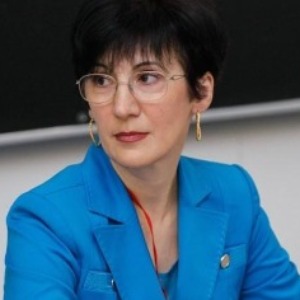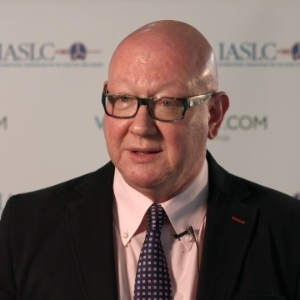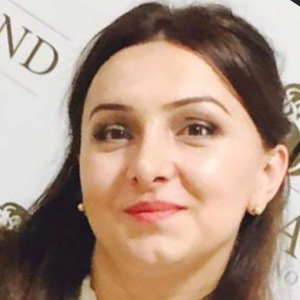Skin redness is a common symptom of many medical conditions, often caused by inappropriate melanocyte activity, inflammation of the underlying layer of the skin, or irritation from environmental exposures. It can range from a mild pinkish hue to extensive redness covering large areas of skin. A dermatologist can help determine the cause of the redness and the best course of treatment. In some cases, skin redness is caused by an overactive response of the melanocyte cells. The melanocytes are responsible for pigmentation, and increased activity may cause patches or areas of the skin to appear pink, red, or even purple. In other cases, this kind of hyperpigmentation is genetic or a result of hormonal changes in the body. Inflammation is a common cause of skin redness, and can be caused by infections, autoimmune conditions, and other conditions. The redness is generally accompanied by heat and swelling, and may also cause itchiness and pain. Many inflammatory skin conditions are treated with topical or oral corticosteroids. Irritation from environmental exposures is another common cause of skin redness. This can include exposure to ultraviolet radiation from the sun, contact with certain plants or chemicals, and metal allergies. Treatment for this type of redness typically involves avoiding the environmental exposures, as well as using topical medications such as corticosteroids and antibiotics. It is important to consult a dermatologist for any redness on the skin that does not resolve after a few days, or if the redness is accompanied by other symptoms such as heat, swelling, or blisters. Redness can be harmless, but when it is a sign of a more serious underlying condition, proper diagnosis and treatment can help prevent long-term complications.

Irina Sergeeva
Novosibirsk State University, Russian Federation
Dave Ray
Dave Ray Enterprises., United States
George Sulamanidze
Plastic Surgeon at Clinic of Plastic and Aesthetic Surgery and Cosmetology TOTALCharm, Georgia
Sergei A Grando
University of California Irvine, United States
Nino Tsamalaidze
Ltd Karabadini+, Georgia
Lina Petrossian
California University of Science and Medicine, United States
Surajbala Khuraijam
Manipur Health Services, India
Shrutimita Pokhariyal
Symbio, India
Yasser Mohammed Hassanain Elsayed
Egyptian Ministry of Health, Egypt



Title : Paraneoplastic Autoimmune Multiorgan Syndrome or PAMS: Paraneoplastic pemphigus revisited
Sergei A Grando, University of California Irvine, United States
Title : Modern non-invasive methods for in vivo assessment of skin
Georgios N Stamatas, SGS, France
Title : Personalized and precision dermatology through the view of biodesign-inspired translational & data-driven applications: Revolutionary skin treatments for every concern in clinical dermatology integrating skin care experts and consumers
Sergey Suchkov, N.D. Zelinskii Institute for Organic Chemistry of the Russian Academy of Sciences, Russian Federation
Title : The next generation of threads: Lifting, volumization, and biostimulation in one powerful triple action
George Sulamanidze, Plastic Surgeon at Clinic of Plastic and Aesthetic Surgery and Cosmetology TOTALCharm, Georgia
Title : Lymphoproliferative diseases in the practice of a dermatologist
Irina Sergeeva, Novosibirsk State University, Russian Federation
Title : Comparative efficacy of omalizumab and dupilumab in children with Chronic Spontaneous Urticaria (CSU): A retrospective cohort analysis
Molynna Nguyen, University of Toledo, United States
Title : "Mirror mirror on the skin” — A low-cost community strategy to reduce melanoma disparities in Washington, D.C.
Kayla Sampson, Georgetown University School of Medicine, United States
Title : Vitiligo: Not just an aesthetic disorder
Mateja Starbek Zorko, University Medical centre Ljubljana, Slovenia
Title : Personalized and Precision Medicine as a unique avenue to have the healthcare model renewed to secure the national biosafety: Advanced skincare solutions in individualized cosmetology, reconstructive plastic surgery and the modern beauty
Sergey Suchkov, N.D. Zelinskii Institute for Organic Chemistry of the Russian Academy of Sciences, Russian Federation
Title : Efficacy and safety of CE ferulic and resveratrol serums after fractional CO? laser: A split-face controlled trial
Yu Shi, Shanghai Skin Disease Hospital, China